Anant Anadi Vadnagar: A City of the Ages

Few places in Gujarat can claim a past as rich as Vadnagar, a historical town in Mehsana district. Wrapped in the mists of time, Vadnagar, which lies about 35 kilometres from Mehsana city, holds significant historical and cultural importance. The town was a prominent Buddhist centre during the reign of Ashoka in the 3rd Century BCE. Later, it flourished as a significant Hindu and Jain pilgrimage site in the medieval period. Vadnagar witnessed the rise and decline of various dynasties, including the Gupta, Chavda, and Solanki. The most prominent of these were the Solankis, under whom the city blossomed as a centre of art and culture. The region's architectural heritage is evident in the ancient temples, stepwells, and archaeological sites that showcase intricate carvings and artwork from different periods.
It is estimated that Vadnagar has stood for around 2,500 years. Through its long history, the city has been home to many religions and cultures. It finds mention in Sanskrit and Jain texts and in copperplate inscriptions. Also known as the Kashi of Gujarat, Vadnagar has traditionally been a centre of learning. When the Chinese traveller Xuanzang visited around 640 CE, it was a prominent Buddhist site. The current Indian Prime Minister, Shri Narendra Modi, was also born in Vadnagar. Today, it is noted for several tourist attractions.
KIRTI TORAN
Kirti Toran refers to the ancient victory arches installed by the Solankis. They showcase intricate carvings and are among the few remaining examples of entrance gates which were originally a common element of Gujarati architecture. Kirti Toran commands a majestical position on the Sharmistha Talav's bank. The architecture is adorned with sculptures of battle and hunting motifs, suggesting that it was built following a military triumph. Believed to be the oldest toran (arch) in the Indian subcontinent, it reflects the finesse and expertise of ancient Indian craftsmen.
HATKESHWAR MAHADEV TEMPLE
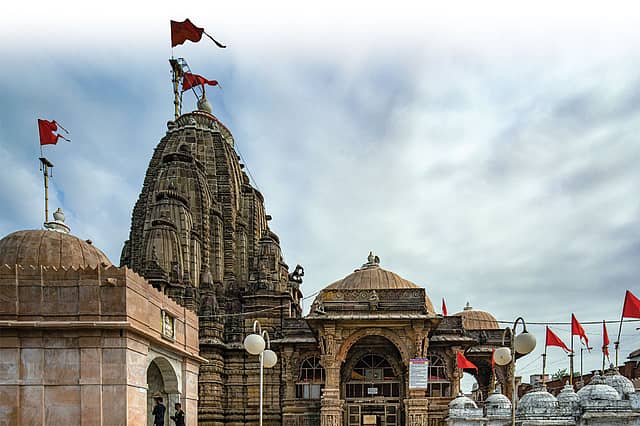
The Hatkeshwar Mahadev Temple is an ancient Hindu temple dedicated to Lord Shiva and is believed to date back to the 7th century. It features intricate carvings and attracts both devotees and history enthusiasts. The temple enshrines the family deity of the Nagar Brahmins. The inner sanctum contains a shivling that is self-emerged (swayambhu).
Other prominent spiritual and religious sites in Vadnagar include Chauta Adinath Jain Temple, Gauri Kund, Temple of Ashapuri Mata, Amarkund, Hathi Vadu Derasar Jain temple and Amther Mato Temple.
SHARMISTHA LAKE
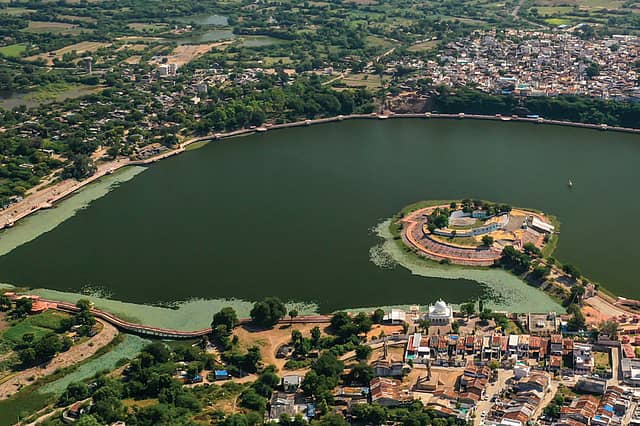
Sharmistha Lake or Sharmistha Talav is an example of the water retaining systems of the Solanki period. It is an ancient lake created by the waters of the river Kapila flowing from the Aravallis. More than 4,500 years ago, early settlements appeared on its northeastern shore. Later, a stepped embankment was created to retain the water. In order to protect the embankments from getting destroyed, a water feeding kund was built on the northern side. This kund, called Nagdharo, with a lake, pool, locks, and feeding channel, showcases high-quality ancient engineering. Today, this beautiful lake is a popular spot for locals and tourists to relax and enjoy the serene surroundings.
VADNAGAR RAILWAY STATION
In recent years, Vadnagar's railway station has undergone a comprehensive makeover. The most significant artefact of the area, the tea shop where the Honourable Prime Minister of India, Shri Narendra Modi, worked as a child, was conserved during the renovation of this railway station. PM Modi's childhood school is also being restored by the ASI as 'Prerna School'.
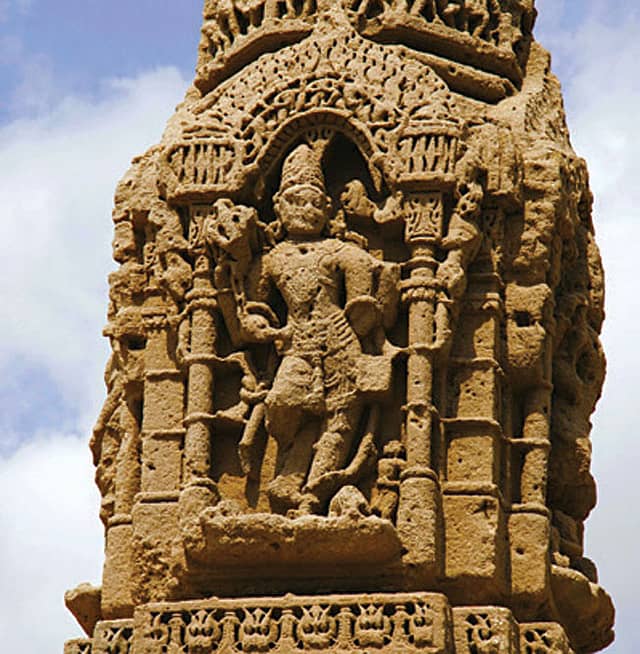
TANA-RIRI SAMADHI
Folklore has it that Tana and Riri were two sisters whose performance of the raag Malhar brought refreshing rain to Tansen, who had been stricken with fever following a performance of the raag Deepak. The catch was that Tansen could never reveal their identity. When Tansen told Akbar about this, his sons overheard him and came to the city to look for the sisters. They were discovered by the city dwellers and slain.
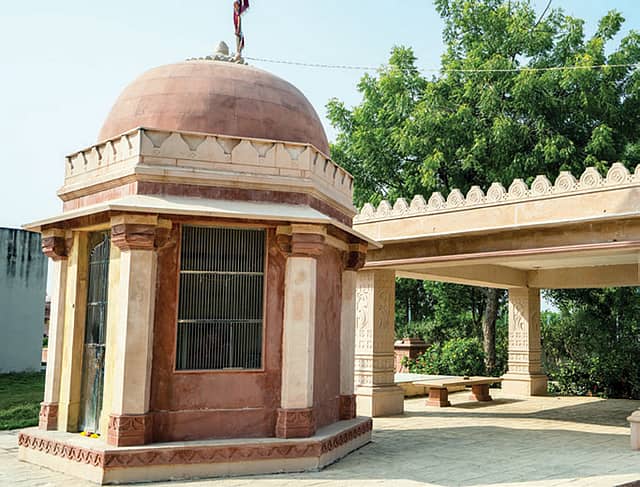
The sisters made the decision to offer up their lives rather than let their city suffer the fury of the Mughal army when it arrived to seize them. Tana and Riri's sacrifice was never forgotten by the city, as the Tana-Riri Samadhi shows.
ART GALLERY AND WATCH TOWER
The city of Vadnagar had always been a place of learning. Maharaja Sayajirao III even set aside a budget to build libraries as he valued literacy. The first library in Vadnagar came up in 1911, built by Mehta Bhogilal Chakulal Shahekaranwala in his father's memory. The town's quaint-looking Watch Tower now houses an Art Gallery and a Museum on Vadnagar.
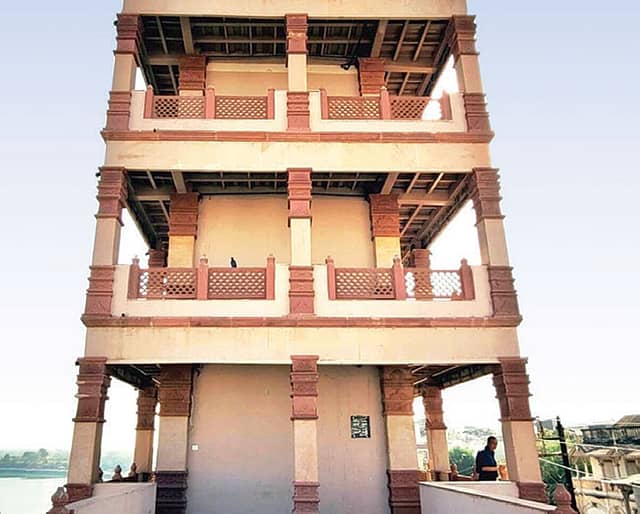
SAPTARSHI AARO
Saptarshi Aaro is a famed spiritual place in Vadnagar located on the banks of Vishwamitra Sarovar and near the tapobhumi of Yajnyavalkya Rishi. This lake is also known as Rishi Talava where ancient idols of seven sages are installed. It is popular for holy dips on Rishi Panchami by the local women.
PANCHAM MEHTA NI VAV
The Pancham Mehta Ni Vav is located just outside the ancient fortified city of Vadnagar. Sources place it between the mid-16th and mid-18th centuries CE. The fact that it was built outside the fortified town suggests that it was intended to benefit the general populace. The stepwell is a seven-storey subterranean building in the 'Nanda' style, with a single flight of stairs down to the lower levels. Other prominent wells and stepwells in Vadnagar include Jun Junio Kuvo and Lateri Vaav.
There are plans to develop a pathway in Vadnagar connecting all major tourist attractions. Visitors to this ancient city will be able to connect to the pathway from the railway station itself. The pathway will allow access to spots of tourist interest like Hatkeshwar Mandir, Rushi Aaro, Underground Museum, Kirti Toran, Prerna School, Sharmishta Lake, Saptarshi Aaro, Buddhist Monastery, and so on. There will also be a restaurant, meditation centre and amphitheatre alongside the pathway.
Being so rich in history, culture and heritage, it is no surprise that Vadnagar was added to the tentative list of UNESCO World Heritage Sites in December 2022. Vadnagar has endured as a testament to a civilisation's strength from antiquity to the present day. With tourist attractions from almost every era, Vadnagar is truly 'Anant Anadi Vadnagar', a destination for all time.
(A marketing initiative by Open Avenues)